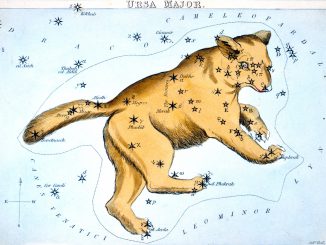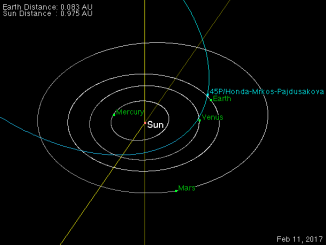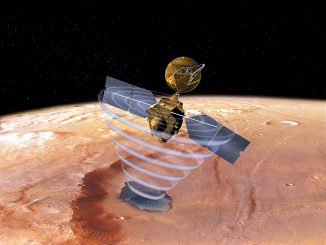
Catch Mars and Venus in the early evening sky of late November
Find a location that offers you an unobstructed view of the horizon from south to southwest an hour after sunset. With clear skies, you’ll be able to follow Venus and Mars from night to night on their celestial peregrinations through the constellations of Sagittarius and Capricornus. The two planets almost keep pace with each other throughout the remainder of November.









